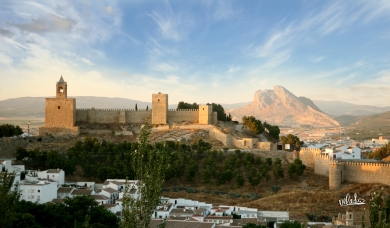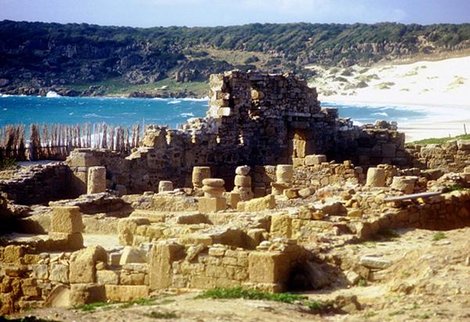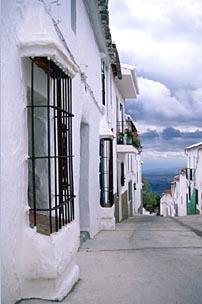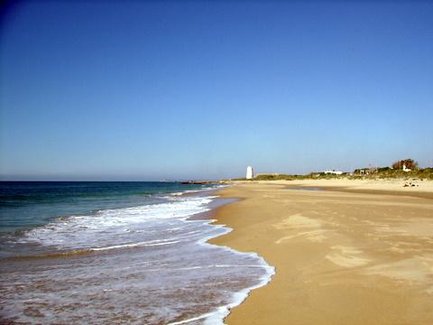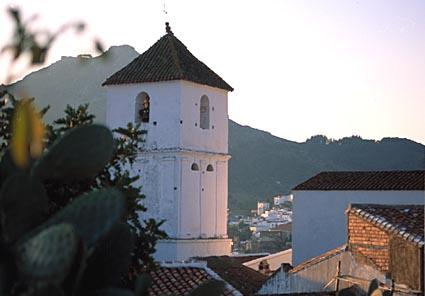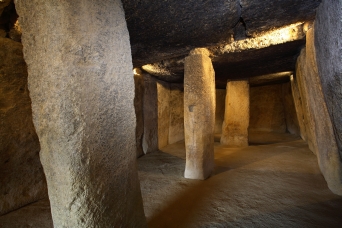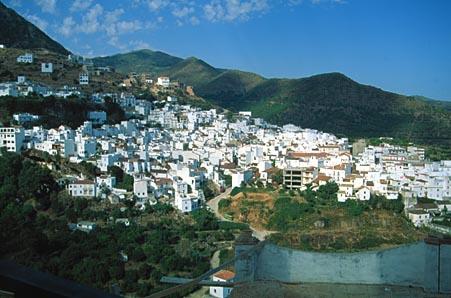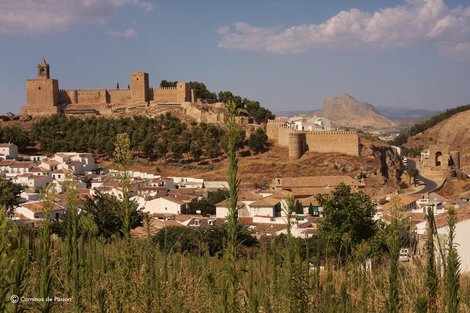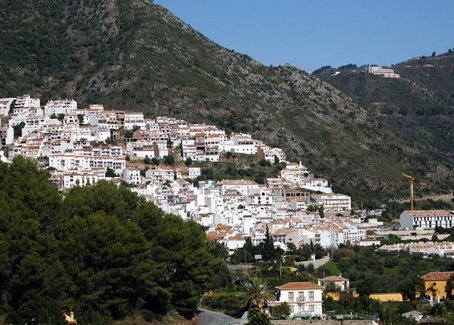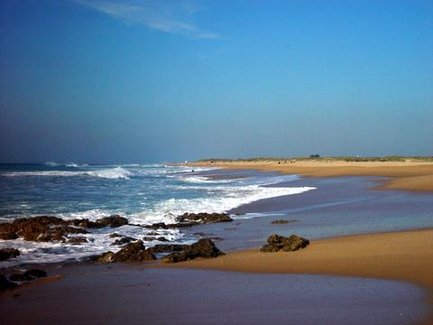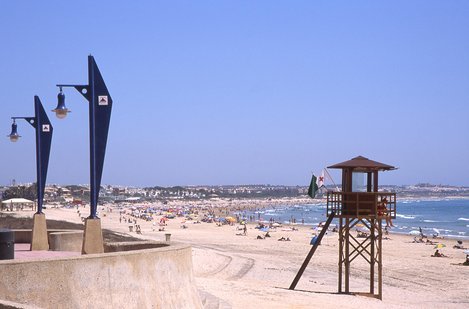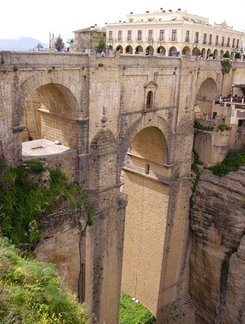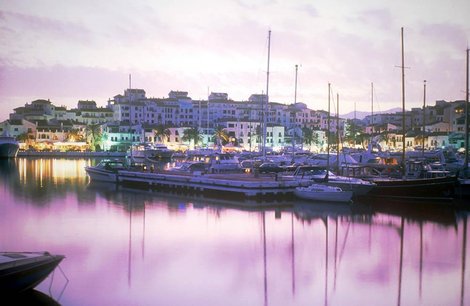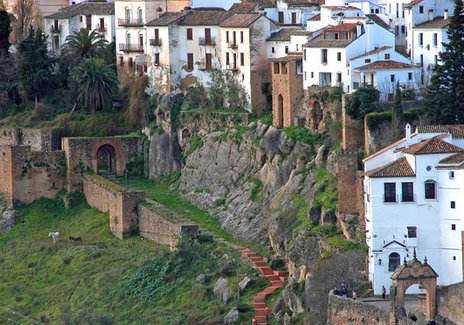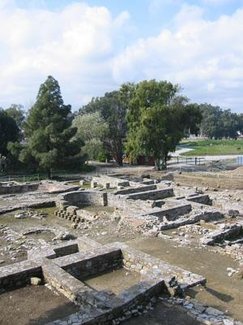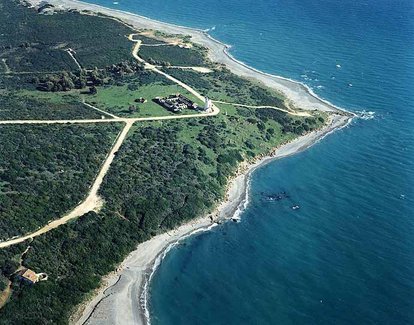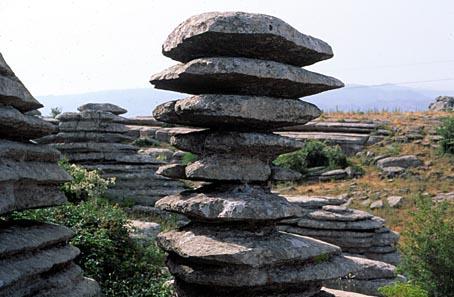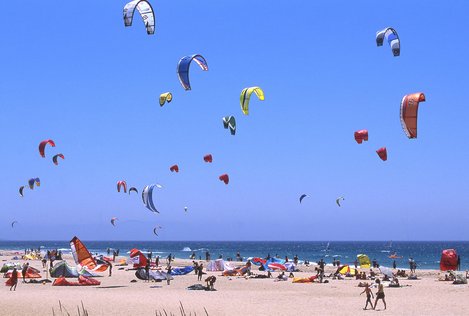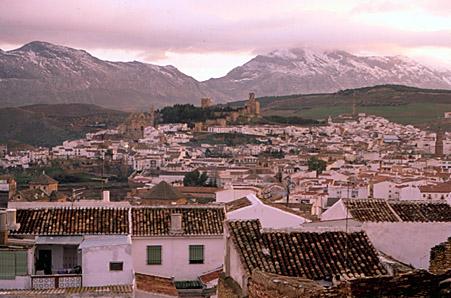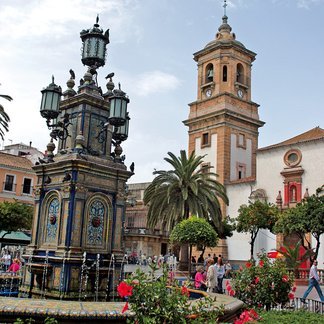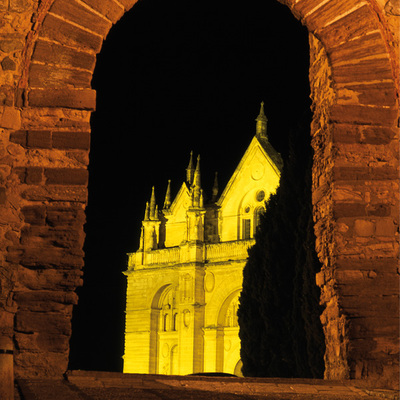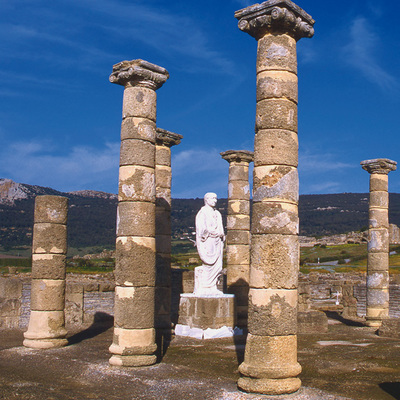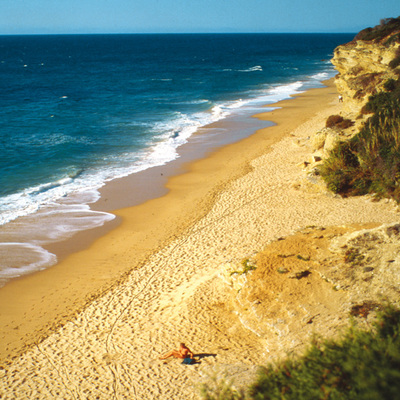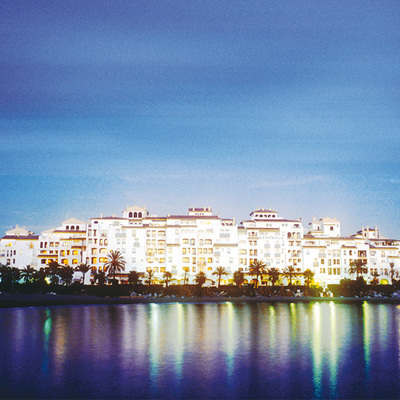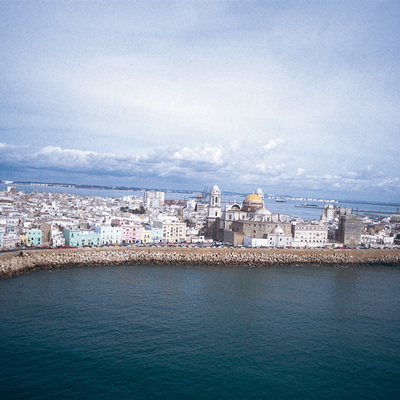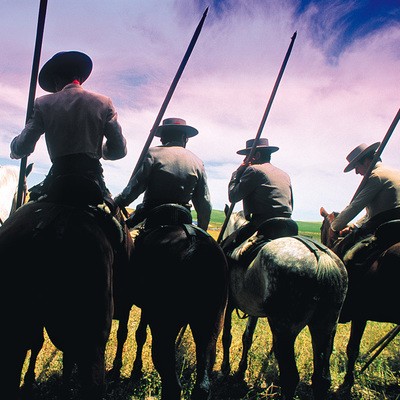CONTRABAND. CADIZ, MALAGA.
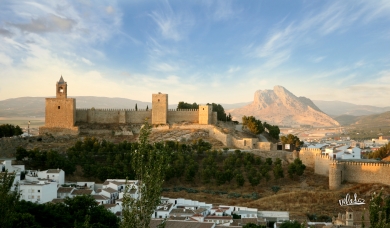
Three roads branch out from Gibraltar: one towards San Roque, Gaucín and Ronda, another towards Tarifa, Vejer and Chiclana, and a third towards Estepona, Marbella, Ojén and Antequera. Merchandise was manifold and multicoloured, but tobacco and textiles were the most coveted.
Ideas, fashion and news circulated along with them. The tobacconist and the protection of the Catalan textile industry, to the detriment of Andalusia, were behind an exchange that, with variants, continued up to a few decades ago.
No gift was more appreciated by a woman than a length of material for a dress and no tobacco was ever as famous as the imported kind. The ranks of these smugglers fed on adventurers, go-getters and also followers of Espartero, who had fled after the civil war of 1844.
Merchandise was stocked in Gibraltar, a rock of such irregular shape that it is impossible to see the whole of it from a short distance. The fleet of merchant boats that sailed the Mediterranean would drop anchor here, forced to wait for an east wind, without which no boat could cross the Straits.
Many villages and towns lived the smuggling fever: Chiclana, town of springs and thermal baths. Gaucín, west of Sierra Bermeja, curling up between the Genal and Guadiazo rivers, in the foothills of Sierras del Hacho and bordering a deep gorge from whose platform a glimpse of Africa can be caught. Vejer, knitted into a net of Moorish alleys and inhabited by the "cobijadas" or sheltered, women, who up to only a few years ago, covered their faces.
And from Vejer to Ojén. And from there, crossing mountainous land, to the mountain pass La Trocha, from where Gibraltar can be seen, cut out on the horizon over the blue background of the Straits.

